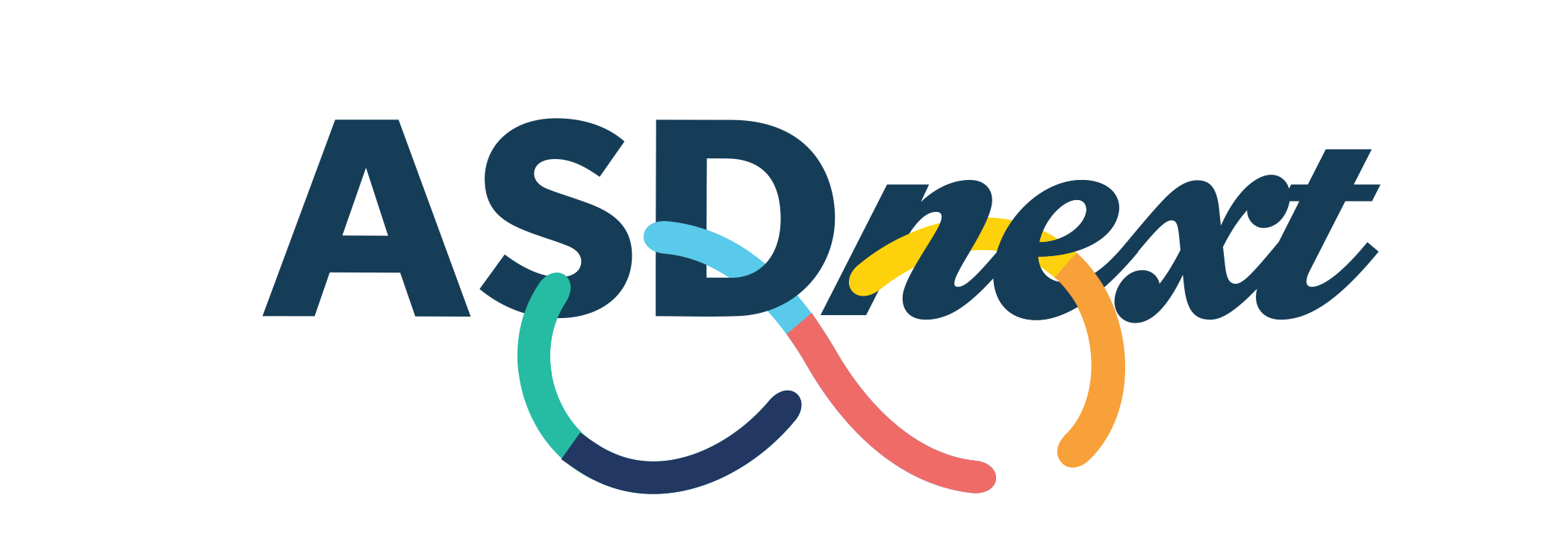Positive Approaches Journal, Volume 12, Issue 2
Positive Approaches Journal | 6-7

Volume 12 ► Issue 2 ► August 2023
Understanding the Complexities of Behavioral Phenotypes and How to Support People
Introduction
The term phenotype comes to us from the study of genetics and refers to observable traits, such as height, eye color and blood type. A person’s phenotype is determined by both their genetic makeup, which is called their genotype, and by environmental factors.1 Just as physical traits are shaped by the interplay of genetic factors and the environment, so too can such factors influence an individual’s tendencies in interactions, responses, and personality traits. These characteristic patterns of social, linguistic, cognitive, and motor observations consistently associated with a biological or genetic conditions are sometimes referred to behavioral phenotypes.2
This issue of the Positive Approaches Journal shares insights from several expert and skilled clinicians into biological and genetic conditions which have been associated with behavioral phenotypes, including fetal alcohol spectrum disorder, autism, and Down syndrome (trisomy 21). The field of intellectual and developmental disabilities in general has recognized the associated characteristic patterns referenced above for various conditions long before the term behavioral phenotype, or even the modern understanding of genetics, was developed. Those familiar with the historical aspects of the field are well aware that past attempts to characterize patterns in those with conditions or syndromes at times contributed to mischaracterizations and to damaging stereotypes of individuals.
Great progress in scientific understanding, due in part to the remarkable Human Genome Project, along with rigorous research, and an ever-increasing focus on person-centered approaches has brought forward new understanding to use in supporting and serving individuals with intellectual disabilities and autism. Any description of behavioral phenotypes must always be considered in context. Supporters must always remember that behavioral phenotypes describe “characteristic patterns” or tendencies. These do not describe the individuals themselves nor define the individuals’ true capabilities or limits to their potential. At best, this knowledge becomes a tool to help support an individual and to help promote their own pathway forward in achieving an Everyday Life.
On behalf of the Office of Developmental Programs and the Office of Mental Health and Substance Abuse Services, the editorial board of the Positive Approaches Journal thanks you for your interest. We welcome your comments and feedback.
Gregory Cherpes MD,
NADD-CC
Medical Director
Office of Developmental
Programs
References
2. O'Brien, G. (2006). Behavioural phenotypes: Causes and clinical implications. Advances in Psychiatric Treatment, 12(5), 338-348. doi:10.1192/apt.12.5.338



